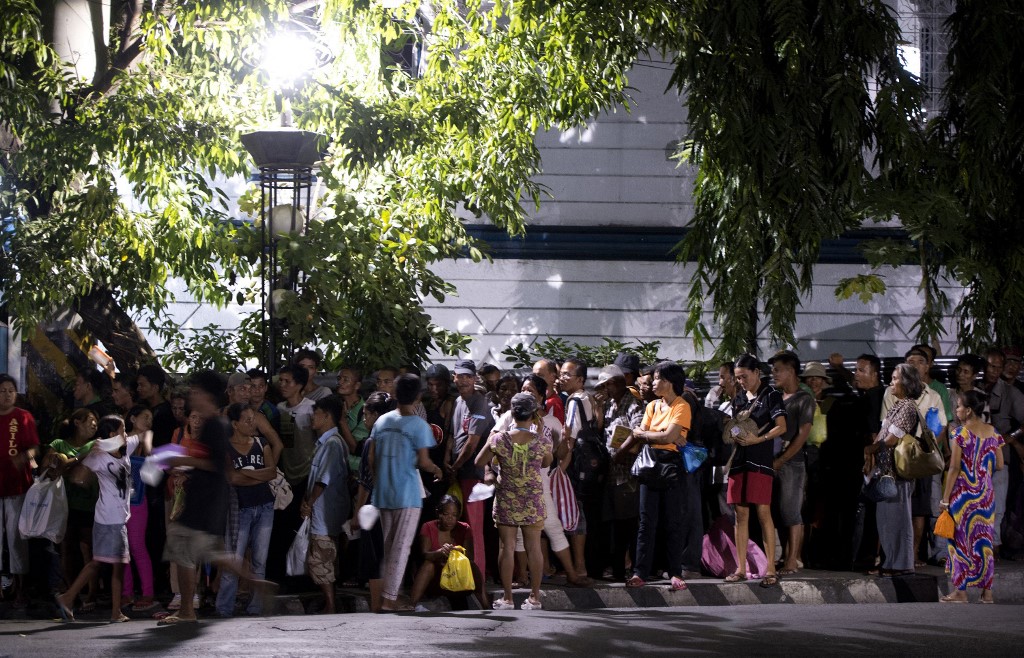More than 13 million families believe they live in poverty, a new poll from the Social Weather Stations (SWS) released on Wednesday.
The non-commissioned SWS poll, which took place from 28 September to 1 October, showed that 48 percent of Filipinos thought they were poor in September, up from 45 percent in June.
That number meant 13.2 million families thought they were poor as of September, an increase of about 700,000 families from 12.5 million in June.
“Compared to June 2023, the percentage of Poor families rose by 3 points from 45 percent, while Borderline families fell by 6 points from 33 percent, and Not Poor families rose by 3 points from 22 percent,” said the SWS in its report.
SWS also found that 27 percent of Filipinos thought they were “borderline poor.” Twenty-five percent of those people thought they were not poor.
More Filipinos think they’re poor
The same SWS poll said that almost 2 million people now think of themselves as newly poor. In other words, they didn’t think they were poor at least five years ago but acknowledged that their living conditions had changed as of September 2023.
“Of the estimated 13.2 million Self-Rated Poor families in September 2023, 1.8 million were Newly Poor, 1.7 million were Usually Poor, and 9.7 million were Always Poor,” said the SWS.
The number of people who said they were poor rose by three percentage points between June and September 2023. This was due to rises in all areas in the country. Still, Mindanao had the biggest increase in families who said they were poor, rising from 54 percent to 71 percent.
Families in Balance Luzon who said they were poor went up from 35 percent to 39 percent, and families in Metro Manila who said they were poor went up from 35 percent to 38 percent.
In the Visayas, the number of people who said they were poor rose from 57 percent to 59 percent.
The SWS survey conducted face-to-face interviews with a total of 1,200 adults, with 300 each from Balance Luzon, Metro Manila, Visayas, and Mindanao.
The sampling error margins are ±2.8 percent for national percentages and ±5.7% each for Metro Manila, Balance Luzon, the Visayas, and Mindanao.
